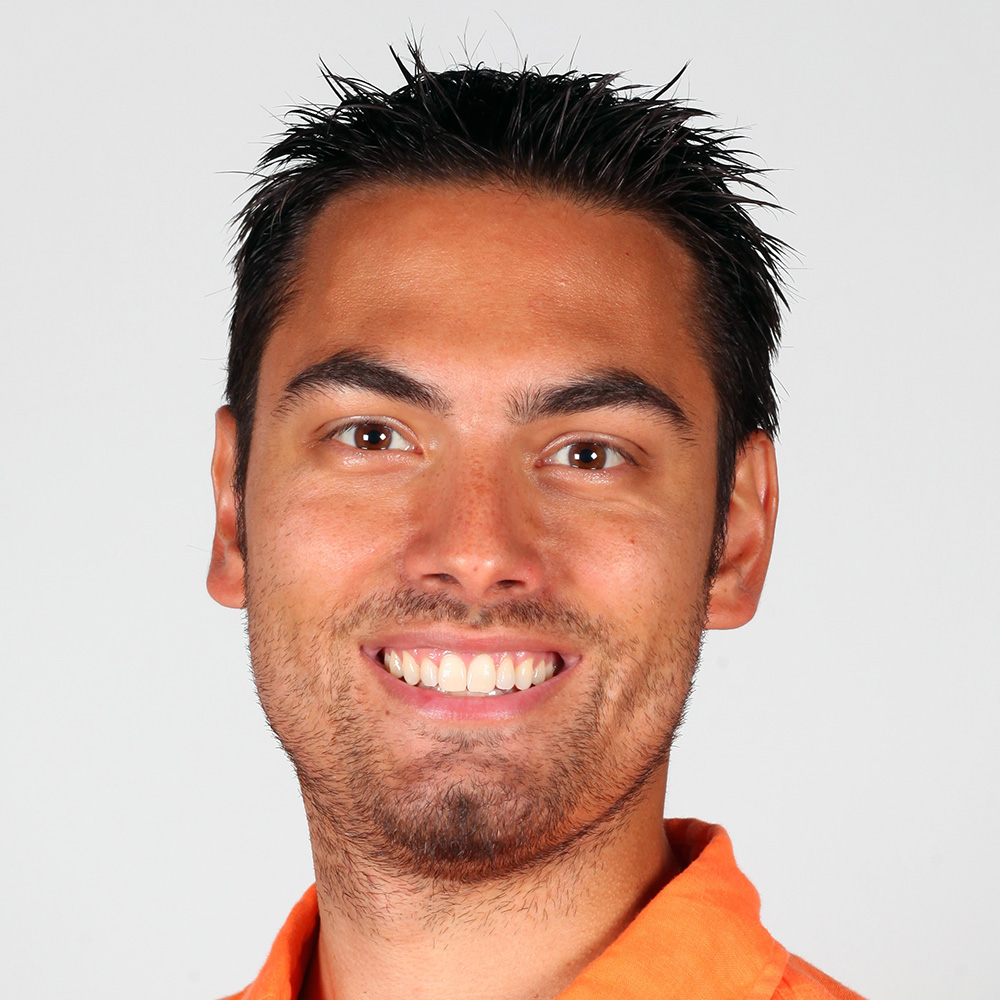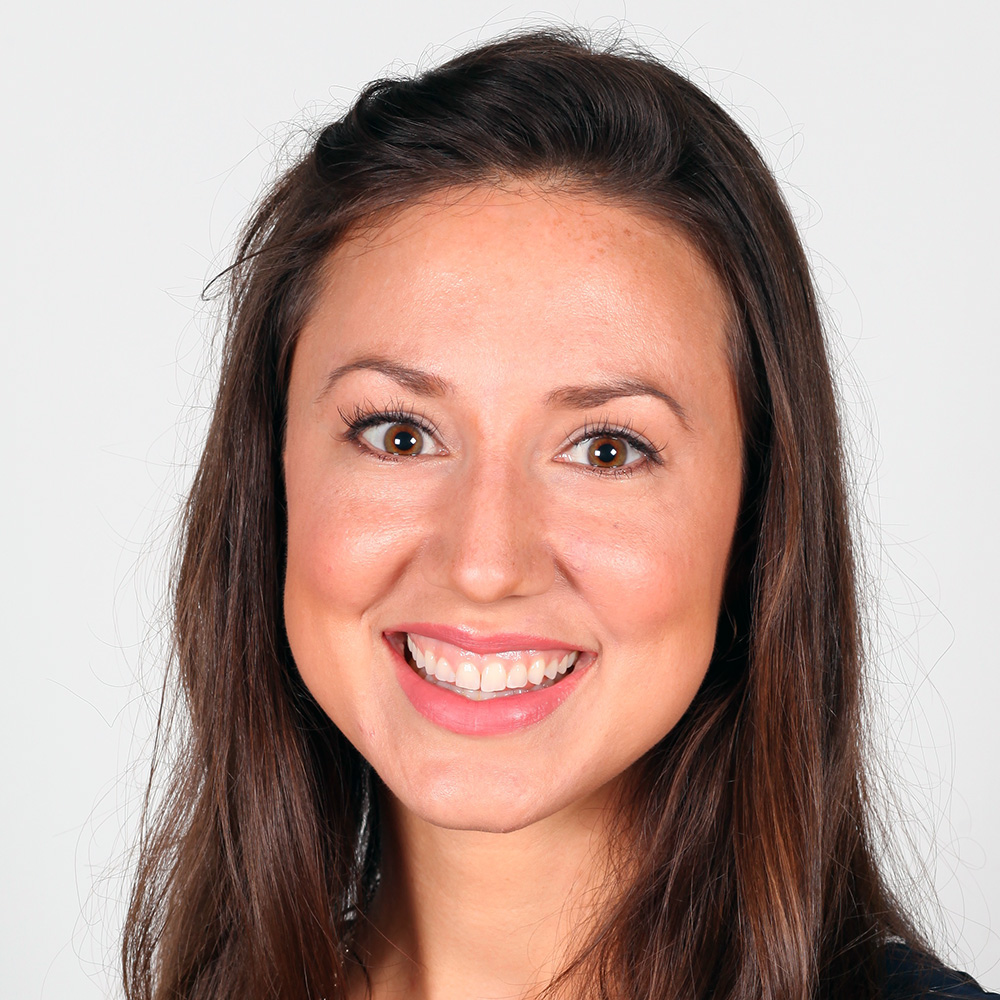The sample for their research included a 9 year old class, a 12 year old class, and Secondary 1 to Secondary 4 students. The researchers wanted to know the effects of autonomy on motivation and divergent thinking in the classroom. They will be presenting key takeaways from their research, including tools that can be implemented immediately to increase student engagement and divergent thinking in the classroom. They currently use these tools in their classes. They will share real examples of what may and may not work when giving students more autonomy, as well as strategies for helping students be successful with the curriculum.
Joshua Smalley

After teaching in Oregon for four years, I moved overseas with my wife. Since that move, I've taught in Kazakhstan for three years and in Belarus for two years.
My passion is finding ways to make lifelong learning the central focus in the classroom. I've been privileged to teach in environments that allow for curricular flexibility and teacher autonomy. As such, I've been able to put into practice approaches that prioritize the process of learning above all else. From my journalism class, to my theater class, to my AP Language and Composition class, to my standard freshman English courses, I see this focus on the process of learning play out successfully.
When I'm not teaching, I'm exploring photography, hiking, fine arts, and music. Anything related to nature or art I find intriguing. I recently returned from a second trip to the Maasai Mara in Kenya and it was another magical time of animal encounters.
Jaclyn Smalley

When I was both a special education and an elementary education teacher, it was a huge priority for me to teach children how to become more independent.
I taught for four years in Lebanon, Oregon, where I helped children with special needs transition from self-contained programs to a more inclusive program. I taught children with every kind of special education label, but the majority of children on my caseload were identified with learning disabilities. After teaching in Oregon, my husband and I took action to fulfill one of our lifelong dreams—to teach overseas. That landed us in Almaty, Kazakhstan, where we taught at an international school with over 500 students. I taught 9-year-olds for the next three years, and I loved it! I learned that children, even from privileged positions, still need to be taught “life skills” and some even have special learning needs in the classroom.
After teaching in Almaty, my husband and I transferred to an international school in Minsk, Belarus, where we currently work. I still teach 9-year-olds, and I also get to teach 12-year-olds for one period each day. In these last couple years, I began to take more significant, research-based measures to teach children how to take more control over their learning and their lives. In the spring of 2016, my husband and I decided to make student autonomy the focus of our research for our master’s degree. We learned extremely valuable information about helping students become more autonomous regarding their education, and we are still applying these principles in our classrooms.